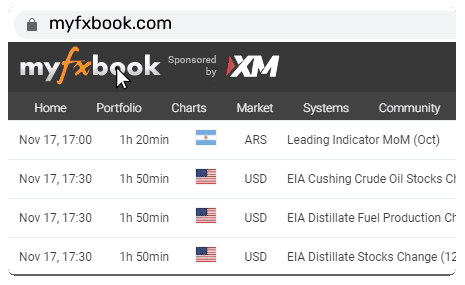Kecairan Forex
Session Averages And Changes
| Sesi | Sebelumnya | Terakhir | Ubah |
|
New York
|
|||
|
London
|
|||
|
Tokyo
|
|||
|
Sydney
|
Apa itu Kecairan?
Bahagian kecairan memberikan anggaran kasar aktiviti perdagangan dalam pasaran forex. Ia membolehkan anda untuk memahami dan melihat kecairan dan kecairan semasa dalam sesi sebelumnya, dalam masa nyata. Kecairan yang lebih tinggi biasanya bermaksud spread yang lebih baik kerana lebih banyak transaksi telah dilakukan.
Pengiraan kecairan mengambil kira bilangan broker yang ramai dan 10 mata wang teratas yang diperdagangkan bagi menghitung kecairan setiap minit selama 48 jam terakhir. Anda boleh menggunakan ciri zum dalam carta untuk mengezum/memilih bingkai masa khusus dan kecairan akan dikira secara automatik.
Kecairan purata untuk 24 jam terakhir akan digunakan sebagai asas kecairan 100% bagi pengiraan peratusan (jumlah tanda dibahagi dengan spread purata). Sebagai contoh, bacaan 110% akan memberitahu anda bahawa kecairan semasa adalah 10% melebihi kecairan purata untuk 24 jam terakhir.
Anda juga dapat melihat purata kecairan sesi untuk sesi terakhir dalam jadual di sebelah kiri.
Oleh kerana forex adalah pasaran di kaunter, tiada data rasmi mengenai jumlah dan faedah terbuka, jadi kecairan boleh dianggarkan dengan jumlah tanda harga dan spread.
Sebagai contoh, jumlah tandaan harga yang tinggi dan spread rendah akan menandakan kecairan yang tinggi, sementara jumlah tandaan harga yang rendah dan spread yang tinggi akan menandakan kecairan yang rendah.










